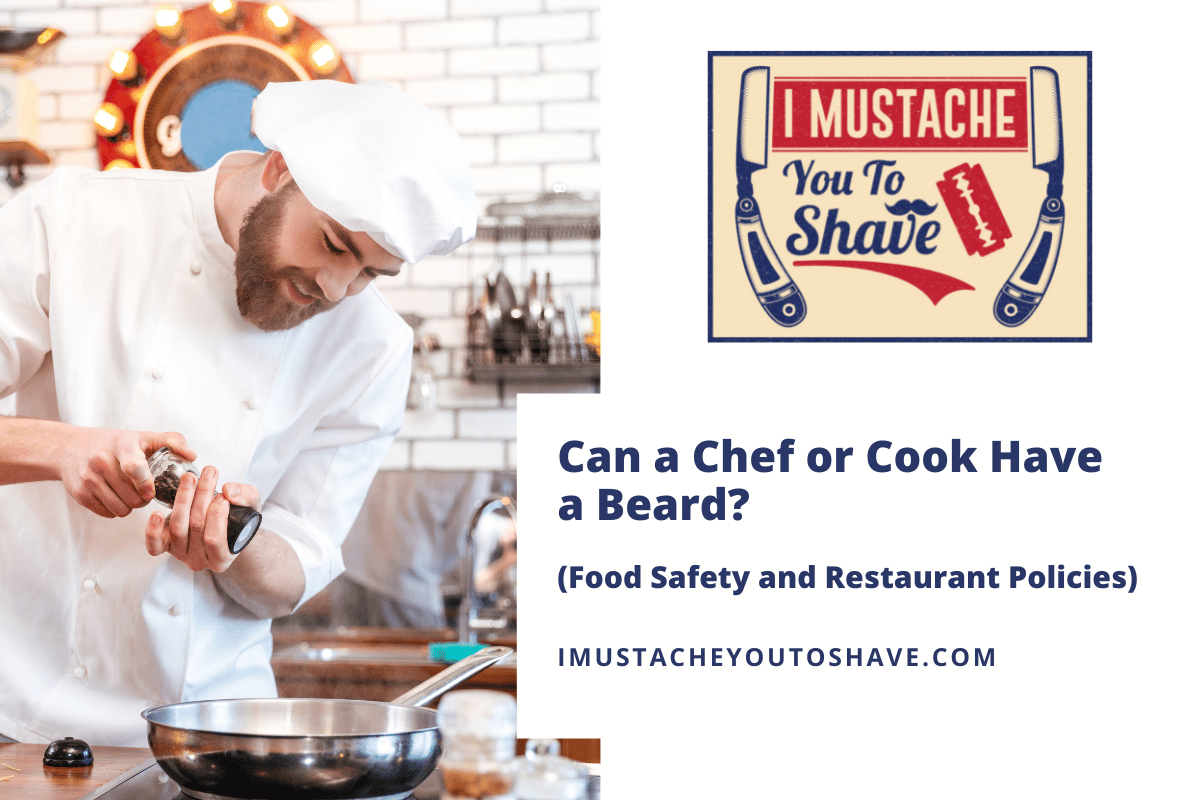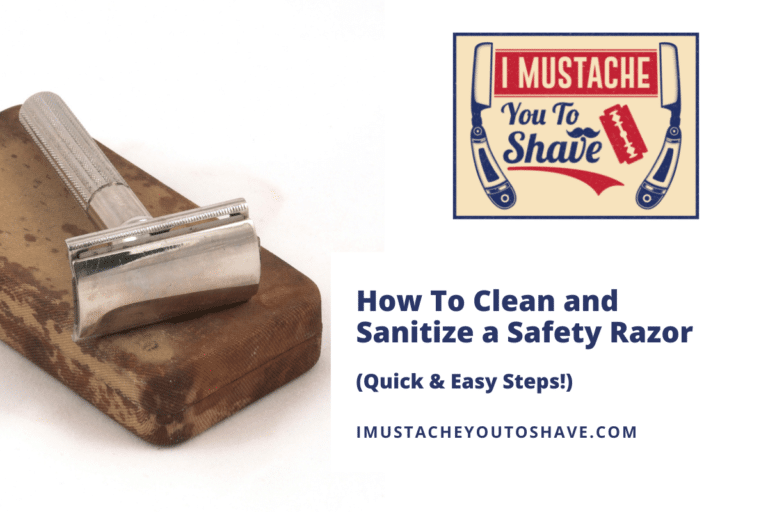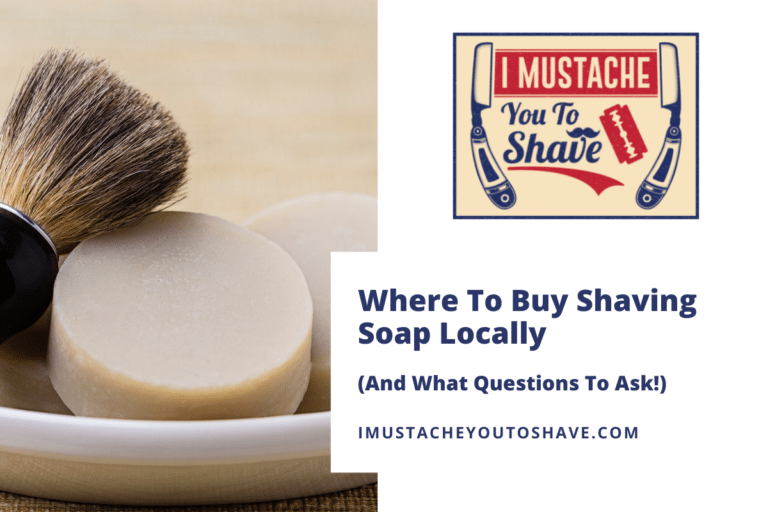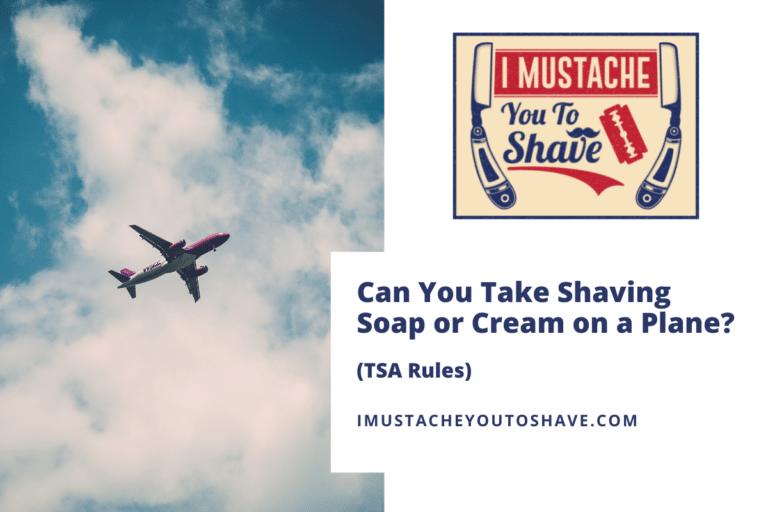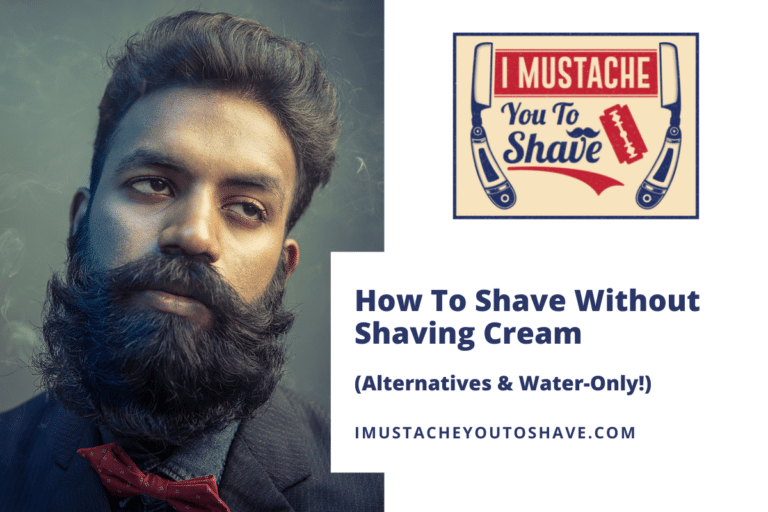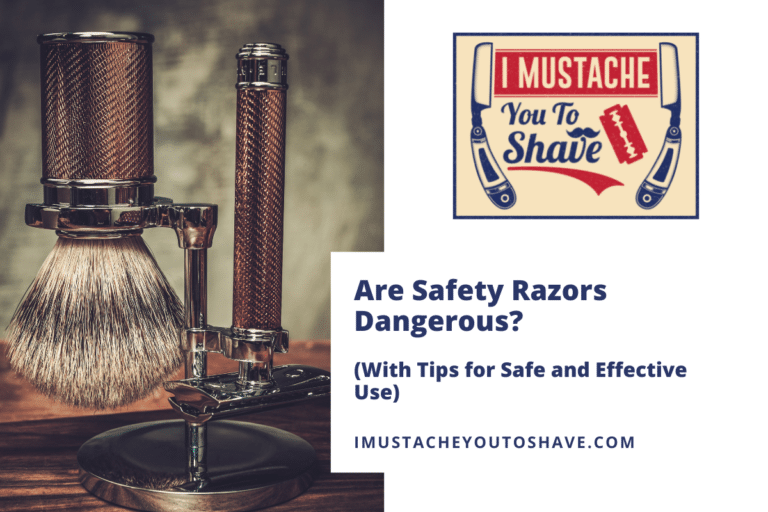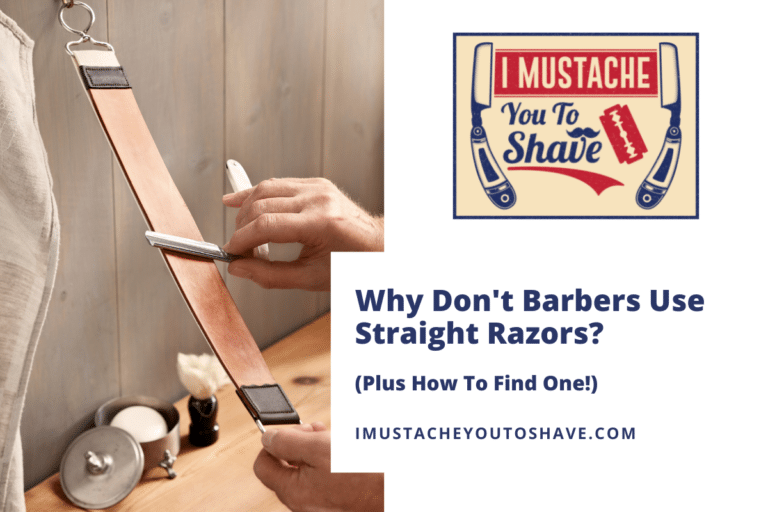Can a Chef or Cook Have a Beard? (Food Safety and Restaurant Policies)
Your culinary skills are impressive and your beard is too but will your career as a chef require you to sacrifice your whiskers? Chances are you can cook AND keep the beard.
Chefs and cooks can have beards while working. Local, state, and federal health and safety regulations can dictate the use of hair coverings while working. Restaurant owners, operators, and managers can also have their own facial hair rules and preferences.
If you want to get the dish on all things related to beards in the kitchen, read on!
Can you have a beard in the food industry?
Even though James Beard himself didn’t sport a beard (see what I did there?), a look at chefs honored with the prestigious award shows an impressive array of facial hair degrees. Beards and the food industry can go hand in hand.
Rules concerning facial hair in the food industry vary greatly depending on health agency rules and restaurant owner preferences. While most restaurants accept neatly-trimmed mustaches, some ban beards or require them to be covered. Other restaurants embrace bearded employees.
Watch the Food Network for an hour or two and you’re likely to see some facial hair among the chef elite, but is this reality? Beards are becoming more commonplace among restaurant chefs and cooking staff. Even strict beard banners like Chick-fila-A are starting to change their tune on the subject.
Of course, the best thing to do is ask. If you’re interviewing for a job and desire to keep your beard, finding out about their beard culture can avoid disappointment later. Who knows? If you’re typically clean-shaven, you may decide to take a razor holiday. It’s always a good idea to know your options.
How long can a beard be in food service?
If you’re given the green light to have a beard in the kitchen, is there a limit on how long you can grow it? Probably so. A Grizzly Adams-esque beard may be your dream, but it could wind up in a hot pot of soup or get wound up in a mixer. Practicality is a consideration.
When chefs and cooks are allowed to have beards, there will likely be requirements concerning length. Most grooming standards state beards must be neatly trimmed. Some give actual length maximums. Specifics will vary depending on the restaurant.
Chefs on employment message boards report keeping their beards between ⅛ inch and 1 inch most of the time. Some restaurants have stricter length policies than others. One employee even mentioned a ruler being used.
Food safety beard, mustache, and facial hair policies in 2022
Unfortunately, there’s not an across-the-board standard on restaurant hair policies, however, the ultimate goal is to keep food as safe and hygienic as possible. To this end, employee grooming policies and health standards are put into place to avoid the awkward “hair in food” situation.
While some restaurant owners or management will forbid beards or put limits on facial hair, most safety boards do not. Food safety rules and regulations typically focus on keeping head hair and facial hair covered during food preparation.
The U.S. Food & Drug Administration (FDA) publishes a Food Code every four years. This document outlines basic guidelines concerning food handling and preparation. It’s then up to local health inspectors to enforce them.
While the guidelines recommend the use of hair coverings, the verbiage leaves room for interpretation. “FOOD EMPLOYEES shall wear hair restraints such as hats, hair coverings or nets, beard restraints, and clothing that covers body hair, that are designed and worn to effectively keep their hair from contacting exposed FOOD.”
A quick audit of different state health agency documents from Washington to New York City to Alabama puts an even vaguer spin on the requirements. Most didn’t even reference beards or facial hair specifically, just a general “hair restraint” guideline. I looked up some reported violations and the lack of beard covers does crop up from time to time but it looks to be almost always in combination with other more grievous violations.
It seems that the specific requirements usually appear at the franchise or restaurant level. You’ll see a wide range of facial hair acceptance and beard net enforcement. Employees report “no one ever wears beard nets” to “beard nets are only required if the hair is long enough to fall off the face.”
Beard nets
All hair goes through a cycle. 90-95% of our hair at any given time is in the active growth phase. Once a hair has reached its useful life, it is shed during the telogen phase.
Beard nets are used to cover facial hair in situations where falling hair could potentially contaminate food or product. They are most often made of nylon, polyester, or polypropylene. Elastic straps go over the ears or around the head to keep them in place.
Beard nets are often required on paper in employee handbooks and grooming manuals, but their actual use can vary. Many employees state that they are never worn in practice. They aren’t the most fashionable accessory and can be quite uncomfortable in the heat of a kitchen so it’s no surprise employees aren’t lining up to wear them.
There’s also some controversy about their need. It’s normal to lose between 50-100 individual strands of scalp hair per day, up to 150 without concern. Normal beard shedding would be a lot less considering the hair volume difference.
Hair nets
Walk into any restaurant kitchen and you are likely to see a hair net or some type of hair covering.
Hair nets are used to cover scalp hair in situations where falling hair could potentially contaminate food or product. They fit tight against the head and contain and cover the hair. They are made of nylon, polyester, and polypropylene. A bouffant is a type of hair net with a tighter weave thought to provide more protection.
Many restaurants have chosen to go a more contemporary route and allow food prep employees to wear caps, beanies, or visors to keep hair restrained and off the face and shoulders.
Restaurant beard policy
Restaurants are about as varied as the foods they serve. Short order diners. Fast food restaurants. Fine dining establishments. It’s normal for different owners in different environments to have different rules.
Restaurant beard policy is influenced by government standards, dining environment, owner preferences, and past experiences. These factors can affect how the policy is written and whether or not it is enforced.
Chain restaurants like McDonald’s or Chick-fil-A might have a corporate beard policy but location managers may decide to enforce it or not. A white tablecloth restaurant with an open kitchen in view of diners might have a stricter beard policy than one where the cooks are hidden.
One manager might have taken a lashing from a health inspector, so he’s now a stickler for beard nets. Another might have had a customer send back their pasta because a hair was found among the noodles, so she now requires all chefs be cleanly shaven to prevent a repeat occurrence.
Where to buy beard nets for cooking
If you find out that a beard net or snood, as our friends across the pond would say, is a requirement for your new chef gig, where can you find one?
Beard nets can be purchased at restaurant supply and industrial supply companies as well as mass retailers.
If a beard net is required, your management will probably have them available. Companies like Grainger, Sysco, and Uline provide different styles and colors. Amazon and Walmart offer a wide assortment in bulk quantities.
It seems that not all beard covers are created equally. Some are harder to breathe through than others. Some are better for fuller beards. Some are latex-free while some are not.
Fun Fact: The term “snood” was first used around A.D. 725 and referred to a hair covering for women. American Victorians put their own spin on the word calling it a “hair net.” The Victorians wore the nets as fashion accessories.

